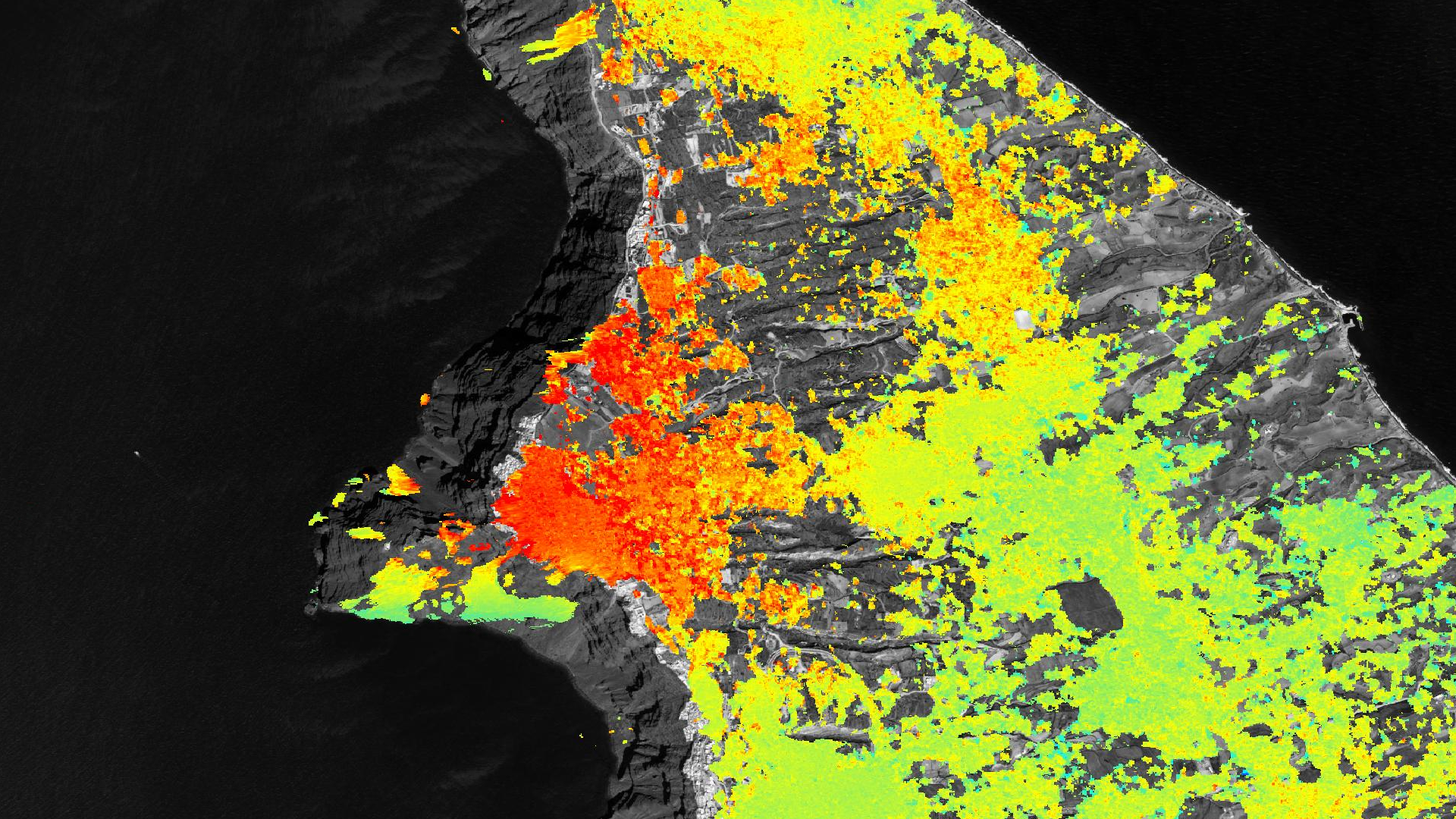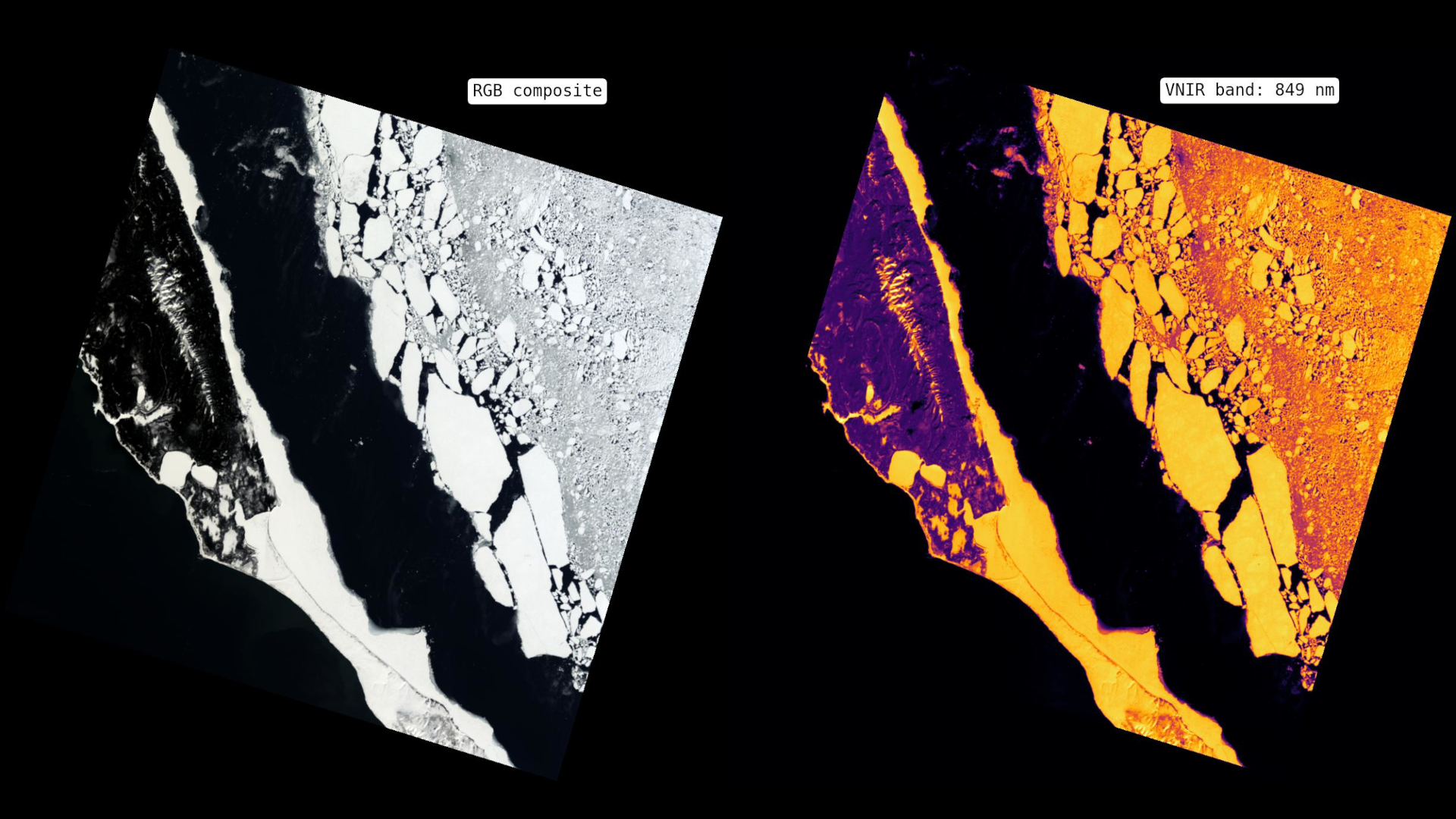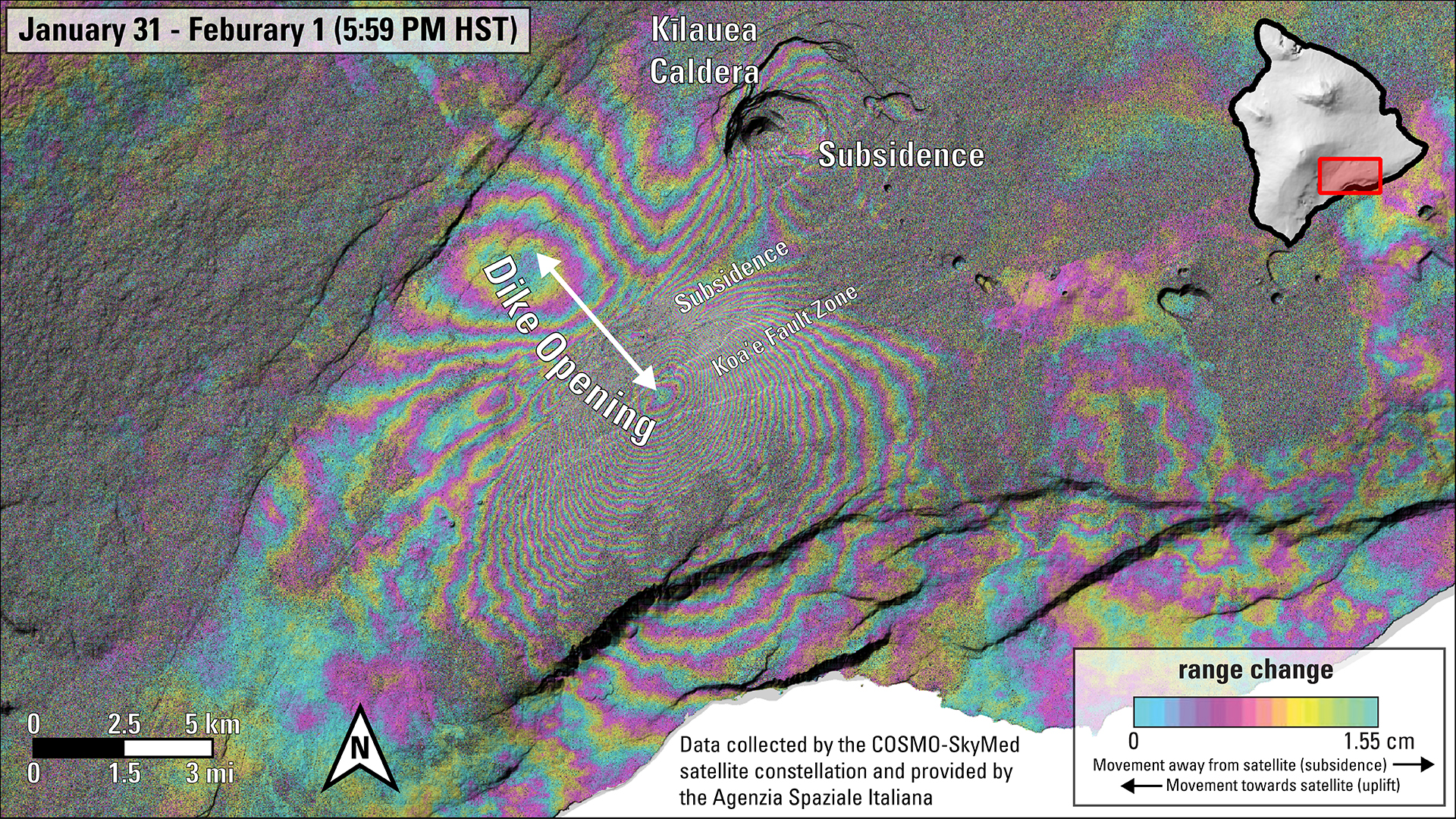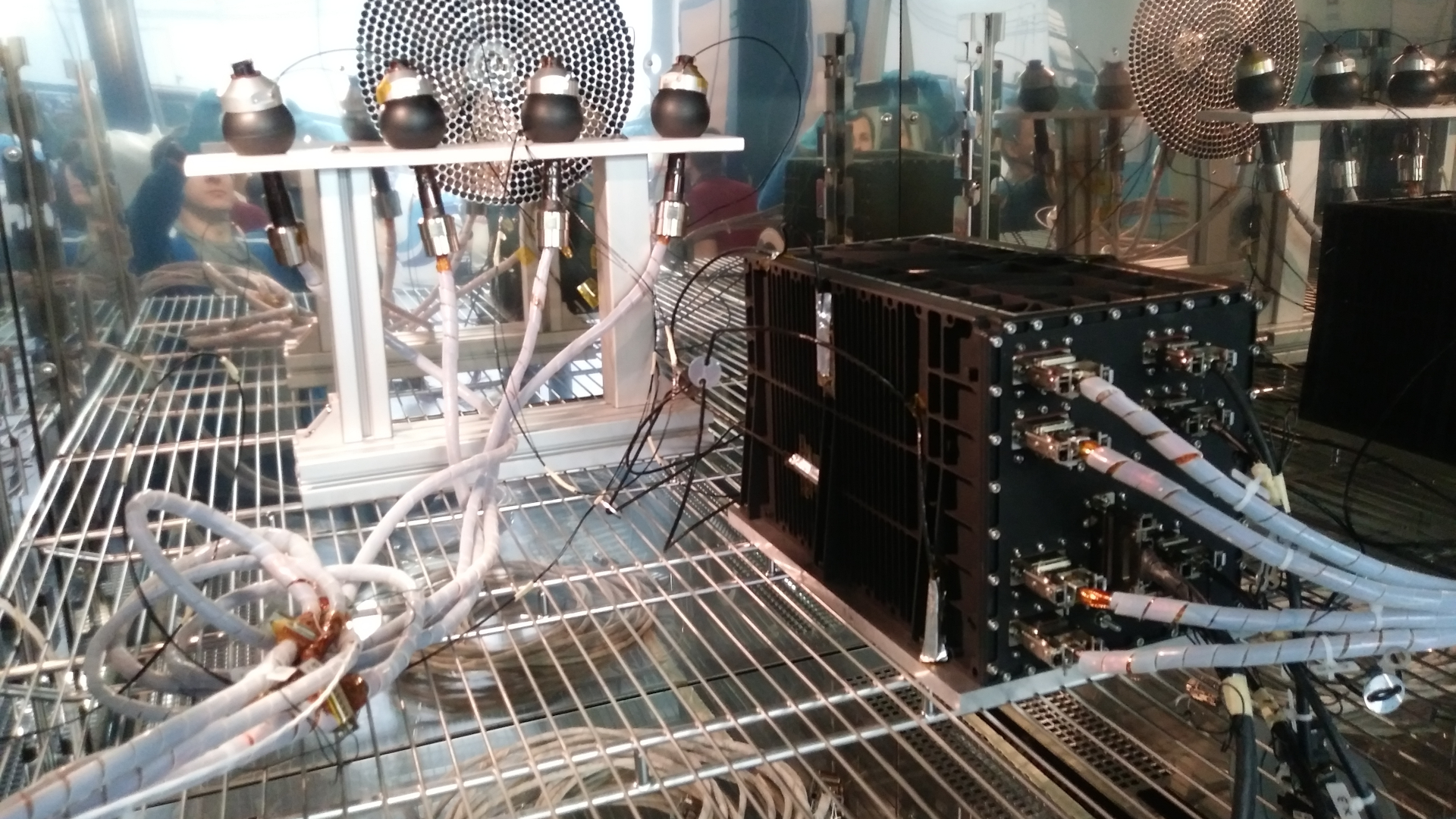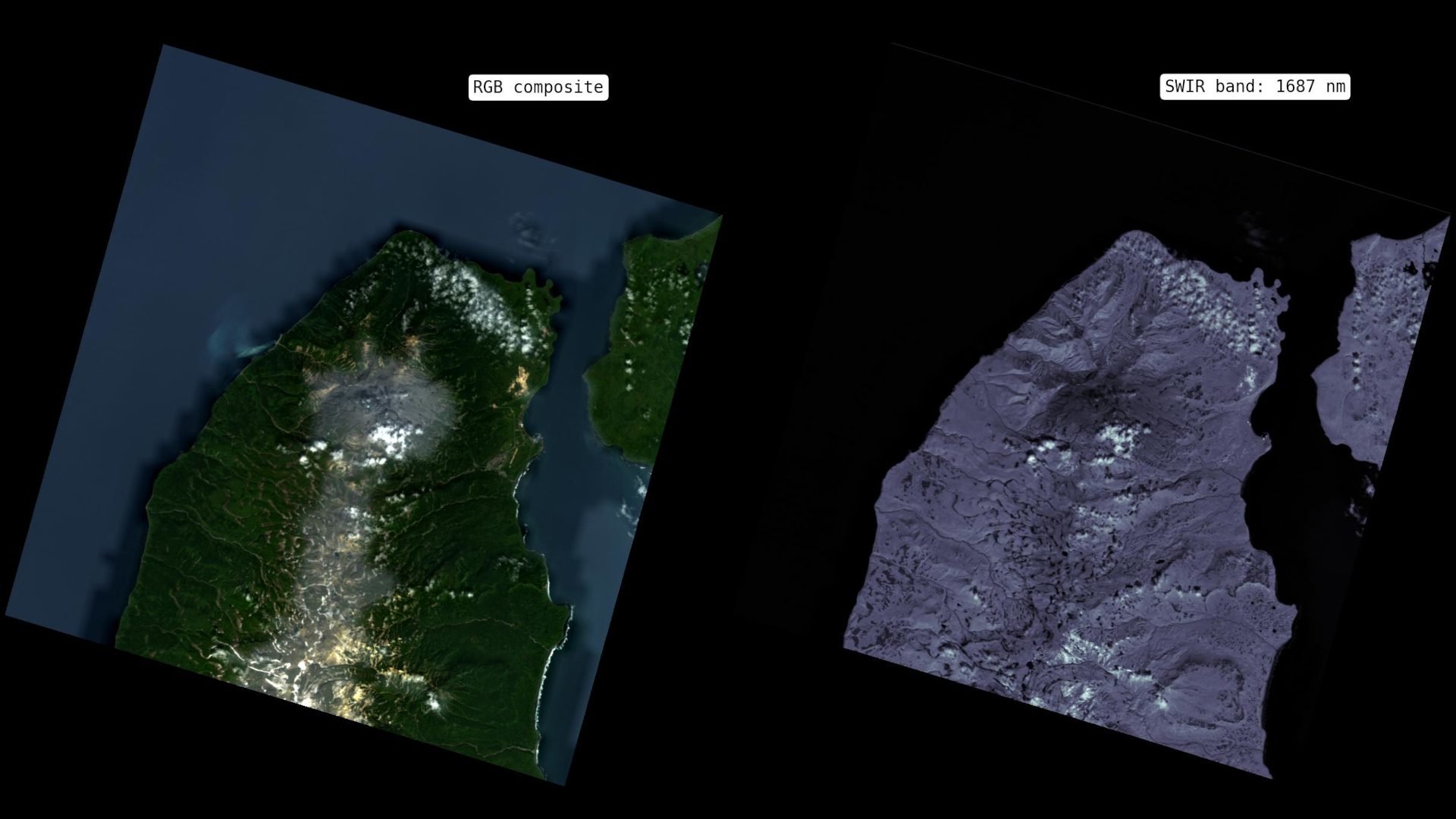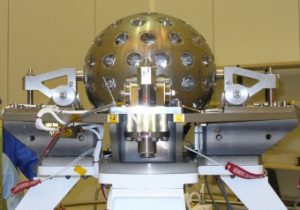
LARES, (achronym for LAser RElativity Satellite) is a satellite targeted at studying and confirming the general relativity theory formulated by Albert Einstein. The main purpose of the LARES mission is the precise measurement of the frame-dragging effect of inertial frames, generated by mass-energy currents such as the rotation of a body with mass, as provided for by the theory of general relativity.
The frame-dragging effect is particularly important in astrophysics to describe the phenomena happening close to some object, such as rotating supermassive black holes, and for the models that describe the generation of gravitational waves during the collision of rotating black holes with rotating neutron stars. However, the frame-dragging in the solar system has a very weak effect and a direct measurement turns out to be particularly challenging. The LARES mission measures the frame-dragging caused by the rotation of the Earth, by using particular techniques to extract the signal of the relativistic effect from the disturbances caused by non-relativistic effects.
As well as for general relativity measurements, the data from LARES orbit are also used for space geodesy and geophysics measurements and to study climate changes.
The satellite
The LARES satellite was designed to minimize the measurement errors on the orbit of the satellite, caused by non-gravitational perturbations, and uses the most updated models of terrestrial gravitational field to extract the weak signal due to relativistic effects.
LARES is a spherical satellite, obtained from a single, high-density block of tungsten alloy: while it has a diameter of nearly 36 cm, the satellite weighs about 387 kg. In this way, the satellite section offers the lowest possible surface, to reduce the effects of the radiation pressure, solar pressure and pressure emitted from Earth (albedo), of atmospheric resistance (minimal, but still present on the orbit of LARES) and to reduce the disturbances caused by thermal anisotropy effects on the satellite, such as the Yarkovski effect.
On the surface of the spherical satellite there are 92 corner cube retroreflectors, which reflect the laser pulses sent by the International Laser Ranging Service stations (including the Geodesy Centre of the Italian Space Agency in Matera) and allow to measure the position of the satellite with less than 1-centimeter precision and, therefore, to reconstruct its orbit with extreme accuracy. Also all the screws and the metallic rings of the retroreflectors mounting system are built with the same tungsten alloy as the body of the satellite. LARES is completely passive, is not equipped with antennas, motors or other devices, and will indefinitely remain a “target” for laser-ranging measures.
The launch
LARES was launched from the Europe’s Spaceport in Kourou, French Guyana, on February 13th, 2012, on the occasion of the first flight of the VEGA launcher, of which it was the main payload. VEGA placed LARES in a circular orbit with extremely high precision, at about 1450 km altitude and with an inclination of 69.5°.
Mission status
As regards the main goal of the LARES mission, that is the measurement of the frame-dragging effect of inertial frames, the scientific team published in 2016 a measurement with an accuracy of nearly 5%, improving the previous measurements which had stopped at about 10%. By averaging the data on an even longer period, in order to eliminate the errors which are mainly due to tidal effects with a few years periodicity and to other periodical effects, it is expected to obtain a measurement with an accuracy of 2%. To obtain the relativity measurements, LARES data are integrated with data from the LAGEOS (NASA) and LAGEOS 2 satellites and with the Earth’s gravity field models provided by the GRACE (DLR-NASA) mission and, in the future, by the GRACE-Follow ON (DLR-NASA) mission.
The mission will be followed by LARES 2, an improved version of the satellite, which will allow to carry out more accurate measurements, also in the field of geodesy. LARES 2, whose launch is scheduled for 2020, will be launched on the VEGA-C carrier’s maiden flight.
Italian contribution
The LARES mission is entirely managed by the Italian Space Agency. The main investigator is Professor Ignazio Ciufolini (Department of Engineering for Innovation, University of Salento); the satellite was designed by the School of Aerospace Engineering of the University of Rome La Sapienza and was manufactured, along with the others auxiliary subsystems, by the prime contractor Carlo Gavazzi Space, known today as OHB-Italia. The mission cooperates with international scientific partners, in particular for data analysis.


